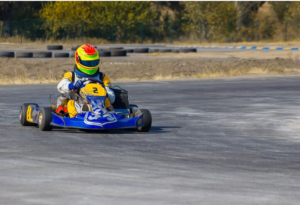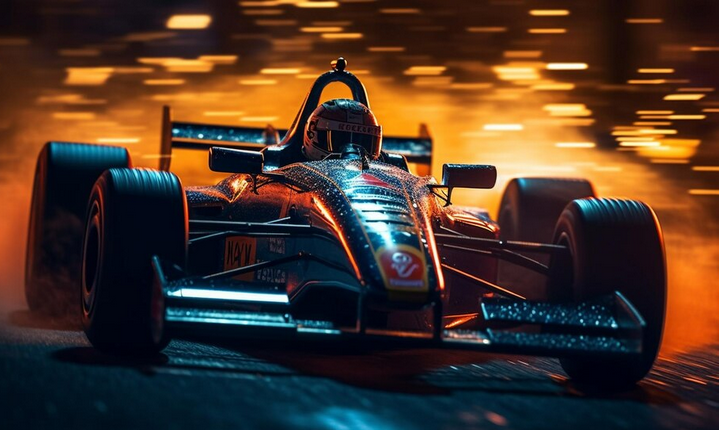The design of the kart is a major factor in determining performance on the track in the world of kart racing, where every millisecond matters. Racing in a go-kart, a compact four-wheeled vehicle is called karting. The driver of a go-kart sits just a few inches above the ground, and the vehicle has virtually little protective bodywork. These karts can go as fast as 160 km/h, depending on the parameters of their construction. The engine, wheels, steering, tires, axle, and chassis are typical go-kart components. We will examine the different ways that design affects kart racing performance in this post.

Weight Distribution as part of the design
Moreover, knowing a go-kart’s weight is essential to the sport because it influences everything from control to speed. A kart’s weight distribution is essential to obtaining the best handling and balance. Typically, a racing go-kart intended for professional contests weighs between 165 and 175 pounds. Better traction and handling are made possible by a well-balanced kart, which guarantees that weight is split equally between the front and back axles. A go-kart’s weight has a significant impact on its speed and maneuverability. Optimizing performance on the track requires designing the chassis and its component to achieve the appropriate weight distribution. There are several go-kart classes, with various weight requirements for each. Henceforth when it comes to designing, weight distribution is a critical element.
Braking System as part of the design
Furthermore, a brake is a tool used to apply frictional resistance to a moving machine part to halt the machine’s motion. You cannot talk about design without mentioning the braking system. In kart racing, an effective braking system is essential for both performance and safety. A braking system’s ability to consistently and responsively apply stopping power is crucial for keeping control when performing high-speed maneuvers. Drivers may push the envelope on the track with dependable and efficient braking thanks to well-designed brake components including discs, pads, and calipers. Drivers can maneuver with the desired motion through turns and corners. Because it distributes pressure energy without becoming compressed, brake fluid is crucial to the braking system.
Ergonomics
Ergonomics in the context of vehicle design refers to the consideration of the capabilities, particular work processes, and comfort of the driver. The comfort and control of the driver are directly impacted by the ergonomics of a kart’s design. The driver may adjust the steering wheel, pedals, and seats in the well-designed cockpit to get the best driving position. This guarantees improved kart control and lessens driver fatigue during extended races. Furthermore, an ergonomic and comfortable design can boost focus and concentration, which will improve performance on the track.
Engine Placement
The particular use case and the go-kart’s design will determine which alignment is ideal for the engine. Rear-engine go-karts are ideal for outdoor circuits and off-road situations since they are typically more stable and have more traction. In the end, the go-kart’s particular design and use case will determine the optimal alignment for the engine. The performance of a kart can be greatly affected by where the engine is mounted. The engine of a well-made kart will be placed to maximize weight distribution and enhance handling. Better overall performance can be achieved by centering the engine of the kart or slightly shifting it towards the back. This will improve stability and cornering ability.
Conclusion
In summary, performance in the realm of kart racing is greatly influenced by design. The primary steps in creating an ideal go-kart include designing, stress analysis, and kart production. Every element of a kart’s design, from weight distribution to aerodynamics, can affect its speed, handling, and overall performance on the track. Kart racers can increase their chances of success and obtain a competitive advantage by concentrating on maximizing certain design components. In the quest for victory, a well-designed kart can make all the difference, whether it’s through lowering drag, attaining ideal weight distribution, or improving ergonomics. The creation of an ideal kart capable of competing in national racing championships is the result of all of these considerations and studies.

